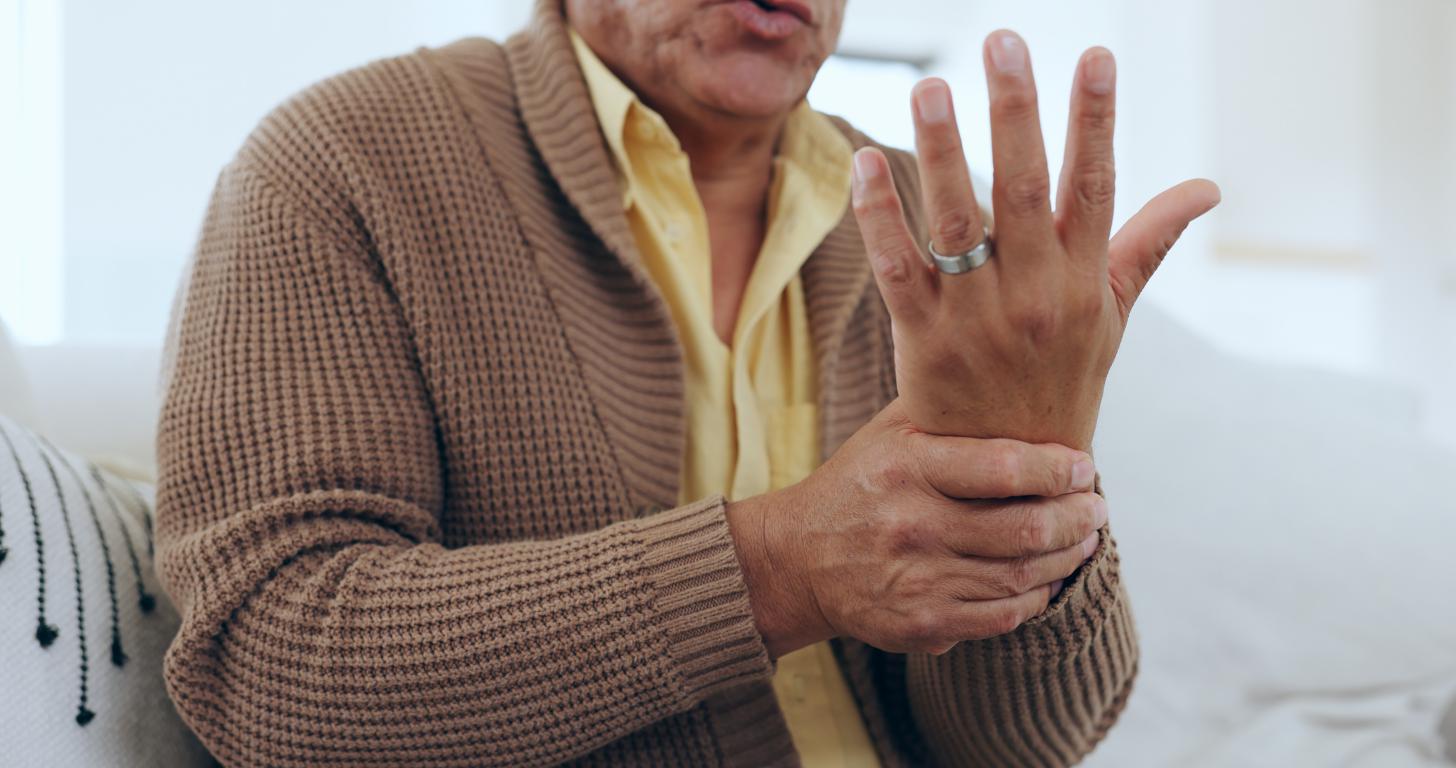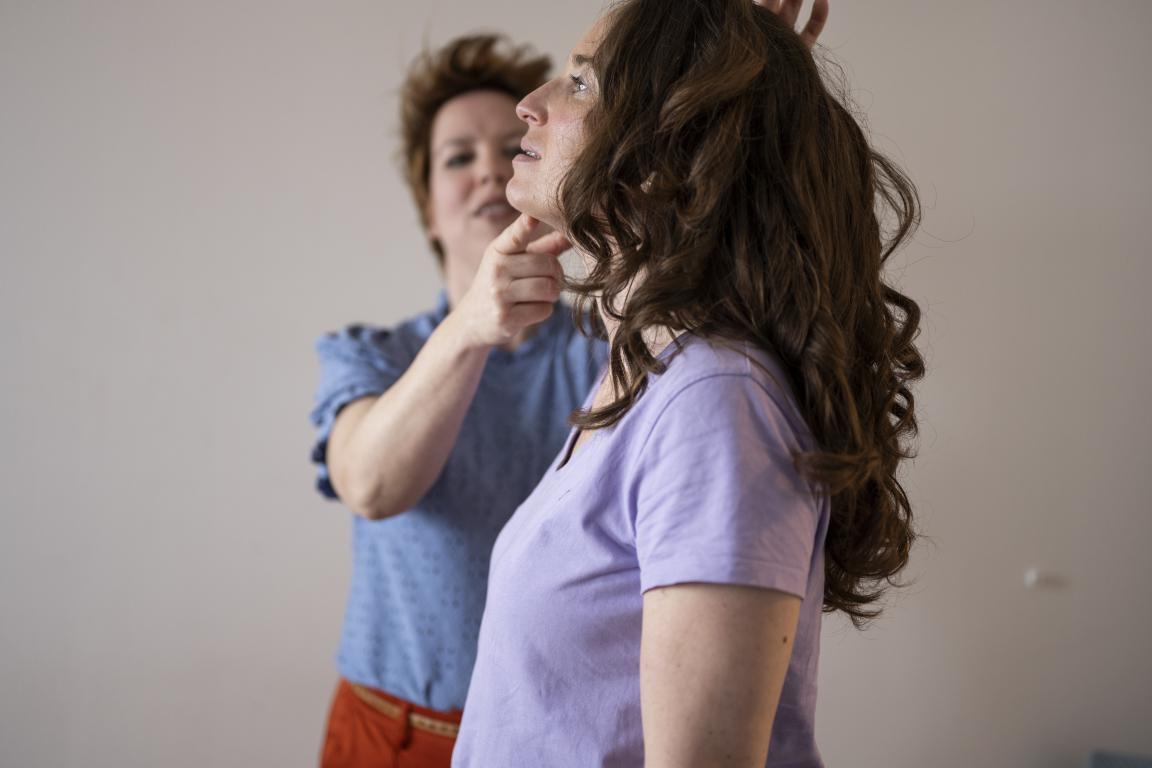Bio-degradable cards
Every card imaginable!
|
Bio-degradable cards Every card imaginable! Living with Dystonia What You Need to Know
Understanding Dystonia: Basic Questions
What is Dystonia?Dystonia is a neurological disorder characterised by involuntary muscle contractions that cause repetitive movements or abnormal postures. These contractions can affect any part of the body, including the neck, face, arms, or legs. The condition can be isolated (focal dystonia), where it affects a single area, or it can be generalised, involving multiple body parts. Dystonia can occur on its own or as a symptom of another condition, such as Parkinson’s disease.
How is Dystonia Diagnosed?Diagnosing dystonia involves a combination of medical history review, physical examinations, and various tests. There isn't a single test for dystonia, so doctors rely on symptoms, family history, and physical signs. Neurological exams often assess muscle tone, strength, and reflexes. In some cases, imaging tests like MRI or genetic testing may be used to identify underlying causes, especially when dystonia is part of a broader neurological condition.
What Causes Dystonia?The exact cause of dystonia is not always clear, but it often involves abnormalities in the brain regions that control movement, particularly the basal ganglia. Dystonia can be genetic or result from factors such as brain injury, infections, or certain medications. In some cases, no specific cause is found. Conditions like Parkinson’s disease, multiple sclerosis, and traumatic brain injuries are known to be associated with dystonia.
Is Dystonia Life-Threatening?For most people, dystonia is not life-threatening. However, severe cases, particularly those that affect multiple body parts or interfere with breathing and swallowing, can lead to complications that require urgent medical attention. While dystonia itself does not typically shorten life expectancy, it can significantly impact quality of life. 
Living with Dystonia: Symptoms and Daily Life
What Are the Symptoms of Dystonia?Symptoms of dystonia vary widely depending on the type and severity of the condition. Common symptoms include involuntary muscle contractions, abnormal postures, and repetitive movements. These can be painful and may interfere with daily activities. For instance, cervical dystonia can cause the neck to twist abnormally, while writer’s cramp, a form of focal dystonia, affects hand and finger movements.
Can Dystonia Spread?Dystonia can sometimes spread from one part of the body to another. For example, what starts as focal dystonia in the hand might progress to other nearby muscles. However, this is not always the case, and some forms of dystonia remain localised. The progression of dystonia varies from person to person.
How Does Dystonia Affect Daily Life?Living with dystonia can be challenging, especially when the condition is severe. It can impact the ability to perform everyday tasks like writing, walking, or even speaking, depending on which muscles are affected. Many people with dystonia also experience pain and fatigue, which can contribute to stress and anxiety. Support from healthcare professionals, along with physical therapy, can help manage these challenges.
Is Dystonia Considered a Disability?Dystonia can be considered a disability, particularly when it significantly interferes with daily activities and employment. For example, cervical dystonia can make it difficult to control head movements, affecting balance and coordination. The Social Security Administration in the UK may consider dystonia a qualifying condition for disability benefits, depending on the severity of the symptoms and their impact on the individual's life. 
Treatment and Management of Dystonia
Is There a Cure for Dystonia?Currently, there is no cure for dystonia. However, there are various treatments available that can help manage the symptoms. These include medications, physical therapy, and in some cases, surgical interventions like deep brain stimulation (DBS). The treatment plan is often tailored to the individual, depending on the type and severity of their dystonia.
What Treatments Are Available for Dystonia?Treatment options for dystonia vary. Medications such as muscle relaxants and anticholinergics can help control muscle spasms. Botulinum toxin injections are commonly used to temporarily paralyse the affected muscles, reducing spasms and pain. For more severe cases, deep brain stimulation surgery, where electrodes are implanted in specific brain areas to regulate nerve activity, may be recommended.
Can Physical Therapy Help Dystonia?Physical therapy can be beneficial for managing dystonia, particularly in improving muscle function and reducing pain. Therapy often includes exercises to strengthen and stretch affected muscles, as well as techniques to improve coordination and posture. While physical therapy does not cure dystonia, it can enhance the quality of life by helping individuals maintain mobility and reduce discomfort.
Are There Lifestyle Changes That Can Help with Dystonia?Certain lifestyle changes can help manage dystonia symptoms. Stress management techniques, such as relaxation exercises and meditation, can be beneficial since stress often exacerbates symptoms. Avoiding triggers, such as caffeine and certain medications, can also help. Maintaining a healthy diet and regular exercise are crucial for overall well-being, although these do not directly impact dystonia symptoms. 
Frequently Asked Questions about Dystonia
Can Dystonia Be Inherited?Yes, dystonia can be inherited, particularly when it is linked to specific genetic mutations, such as those in the DYT1 gene. Genetic forms of dystonia often present at a younger age and may have a family history. However, not all dystonia cases are hereditary; some occur sporadically without a clear genetic link.
Is Dystonia Related to Parkinson’s Disease?Dystonia and Parkinson’s disease are distinct neurological disorders, but they can share similar symptoms, such as tremors and muscle stiffness. In fact, some people with Parkinson’s disease develop dystonia as a secondary condition. Both disorders involve dysfunction in the basal ganglia, but their underlying causes and treatments differ.
What is the Difference Between Dystonia and Dyskinesia?Dystonia and dyskinesia are both movement disorders, but they differ in their characteristics. Dystonia involves sustained muscle contractions leading to abnormal postures, whereas dyskinesia involves smoother, often more fluid, involuntary movements. Dyskinesia is commonly associated with long-term use of medications for Parkinson’s disease, whereas dystonia can occur independently or as a symptom of various neurological conditions.
Can Children Get Dystonia?Yes, dystonia can affect children, though it is less common than in adults. When dystonia begins in childhood, it is often generalised and may progress more rapidly than in adults. Early-onset dystonia can be particularly challenging to diagnose and manage, as symptoms may be mistaken for other movement disorders or developmental issues. In conclusion, while dystonia is a complex and often misunderstood condition, understanding its causes, symptoms, and available treatments can help those affected manage their lives more effectively. With ongoing research and support, the quality of life for people with dystonia continues to improve.
© 2024 The Card Project Uk Ltd
VAT: 453 2087 06
|